All products featured are independently chosen by us. However, SoundGuys may receive a commission on orders placed through its retail links. See our ethics statement.
What makes a good set of true wireless earbuds?
Published onSeptember 13, 2024
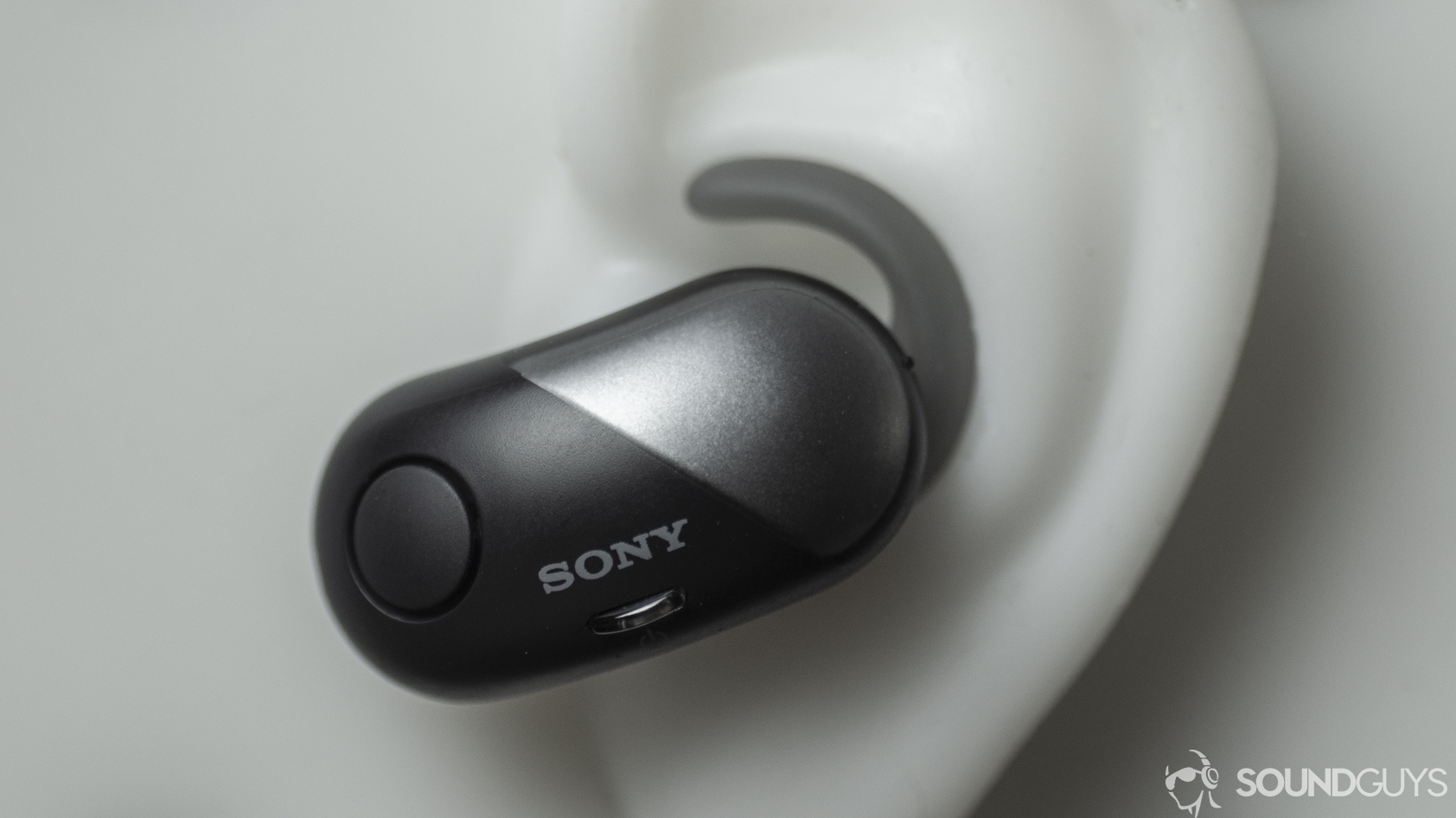
If you’re reading this, you want to know what to look for in a set of true wireless earbuds. Rather than accept the default suggestion of “get AirPods,” you probably should perform some introspection of your own before you get the wrong earbuds. Let’s narrow your search by answering a few questions:
- What makes a good set of true wireless earbuds?
- How can you tell what models are better than the others?
Editor’s note: this article was updated on September 13, 2024, to update outdated information.
What should true wireless earphones do?
True wireless earbuds aren’t connected by any wires, as they use wireless tech to stay connected to each other, and your phone. Like any other audio product, they should sound good, but their biggest weaknesses are staying in your ears and battery life. Those two concerns should trump all others, as you can’t use a product that won’t stay in your ears, nor can you use a product that won’t last long enough for your daily use.
Like any other set of headphones, they should sound good, but their biggest weaknesses are staying in your ears, and battery life.
While it’s tough to objectively test whether or not something will stay in your individual head, many true wireless earbuds will do something to act as a fail-safe to hold the unit in your ears. These features are extremely valuable. You may not be able to tell 100% if a product will fit you well, but these features increase the likelihood immensely. If earbuds don’t have a backup method to ensure that they fit all sorts of ear shapes, there’s a higher likelihood that they may fall out of your ears. This would count as a disqualifying fault for most people.
However, there’s a lot that we can objectively measure. So let’s take a look at what we can learn from standardized testing.
Battery life
In order to tell if a set of true wireless earbuds lasts long enough for you, we need to establish how long you listen to your music on a day-to-day basis. Many earbuds of this type will recharge in their case, extending their life as you work or sleep. But at a bare minimum the battery life needs to exceed your total daily use by a comfortable margin. Luckily for true wireless earbuds, that bar isn’t very high.
At SoundGuys, we level match all truly wireless earbuds, and chart how long it takes to exhaust a full charge with a standard test file. Though our figures diverge from official estimates often, it’s typically not by an enormous margin. We aim to hold companies accountable, so that you can know what to expect. True wireless earbuds tend not to last long, so it’s extra important to know how long you need them to last before you buy anything. Any model that can’t last at least 150% longer than your typical listening session length should be disqualified from your shopping list.
If you do need better battery life, you need to look into a more traditional set of Bluetooth earbuds or headphones. True wireless earphones have many downsides, and many of them can be solved by living with a wire or slightly bulkier unit.
Sound quality
For the most part, Bluetooth has solved many of the biggest complaints surrounding its audio quality either by upping bit rates, or by improving compression. We’re long past the days where wireless was a good indication that you weren’t getting the best audio quality.
The rules for what makes a good-sounding headset are a little complex, given that people tend to hear a little differently (but not a ton), and that preferences are not exactly the same from person to person. A lot of time has passed since we first started measuring headphones at SoundGuys, and the way we quantify sound quality has changed. By using Multi-Dimensional Audio Quality Scores, you can get a quick assessment of whether or not it’s likely you’ll like the audio quality of the earphones without our overly-nerdy analysis. The scores are represented by projected mean opinion scores (MOS), on a scale of 1-5. The closer to 5 something scores, the more a virtual panel of a couple hundred listeners like the product, and so on.
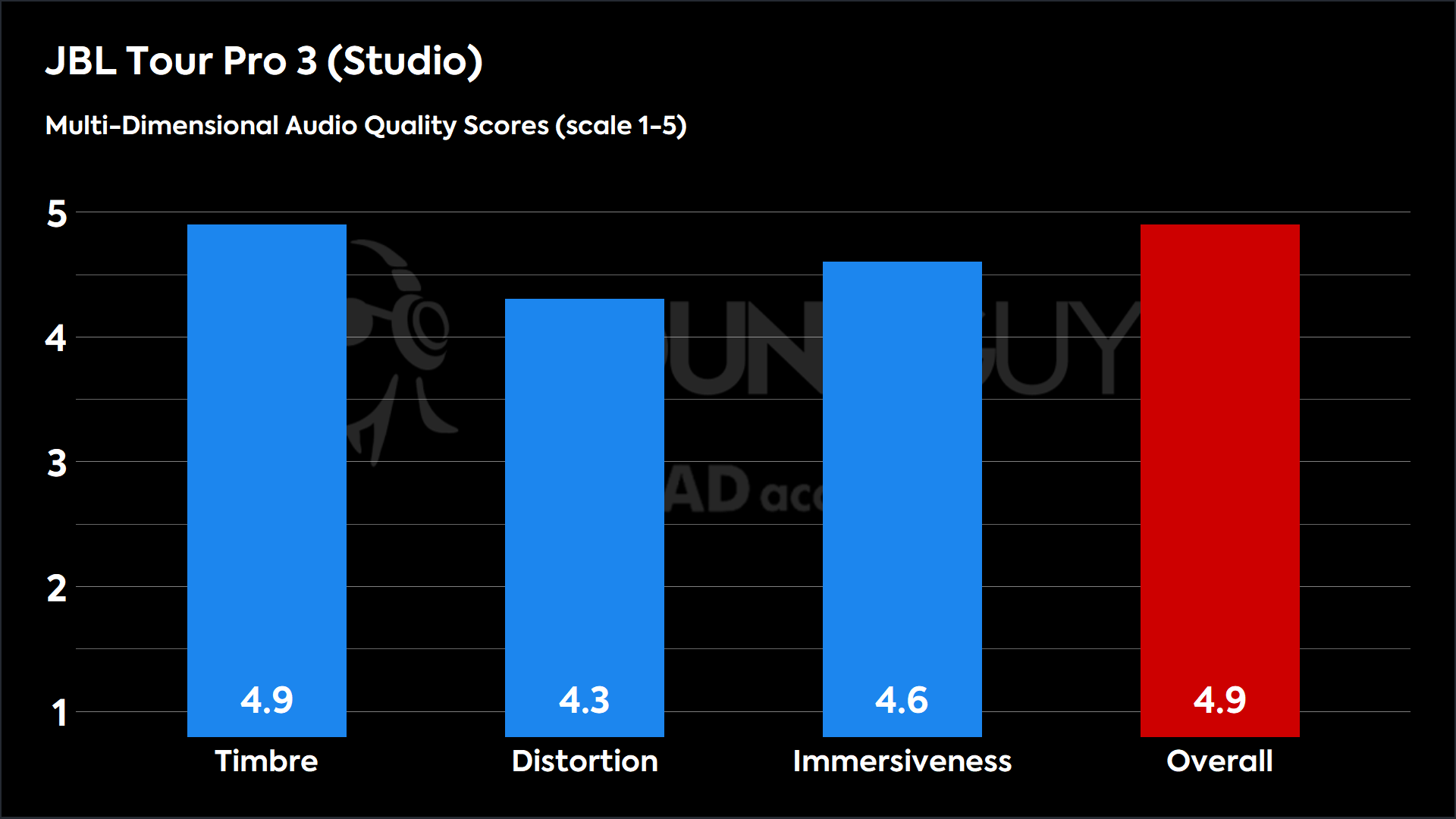
But for the hardcore nerds out there, we’ve also developed our own SoundGuys Headphone Preference Curve that we use to assess in-ears and headphones alike. Though we’ve only seen independent validation of said curve with over-ear headphones, a pilot experiment performed by Sean Olive of Harman fame hinted at good results for it when used with in-ears as well — tied with the existing Harman Target candidates for the fixture we use. For every review, we plot the frequency response of the earphones we test over the preference curve, and discuss the features that might impact your music and how.
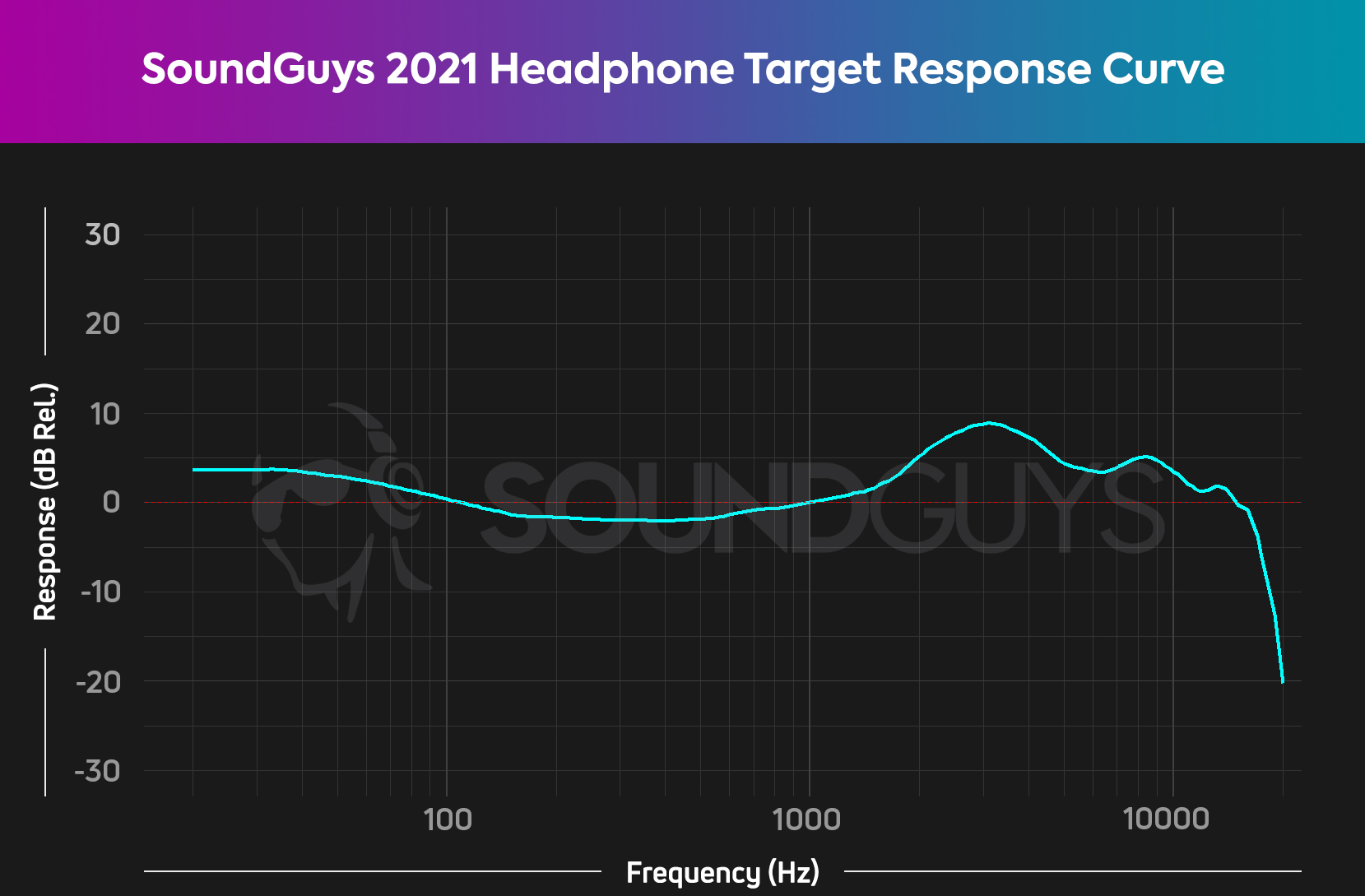
Of course, this is just what we like, and your tastes will most likely differ — but they’ll differ in ways you can teach yourself about. Try to find your current earphones on our site, look at the measurements, and try to figure out what characteristics you like about your earphones and what you’d like different. You can then use that information when compared to our preference curve to compare measurements from other products. This should help you achieve a ballpark estimate of a product’s sound before you buy, which is really cool.
Isolation and Active Noise Cancelation
For most true wireless earbuds, you’ll want something that can isolate well and have a slight bass emphasis. You’ll also need your earphones to drown out loud noises if you’re going to be around street or engine noise. Models with foam tips and/or noise canceling tech will be better than those without.
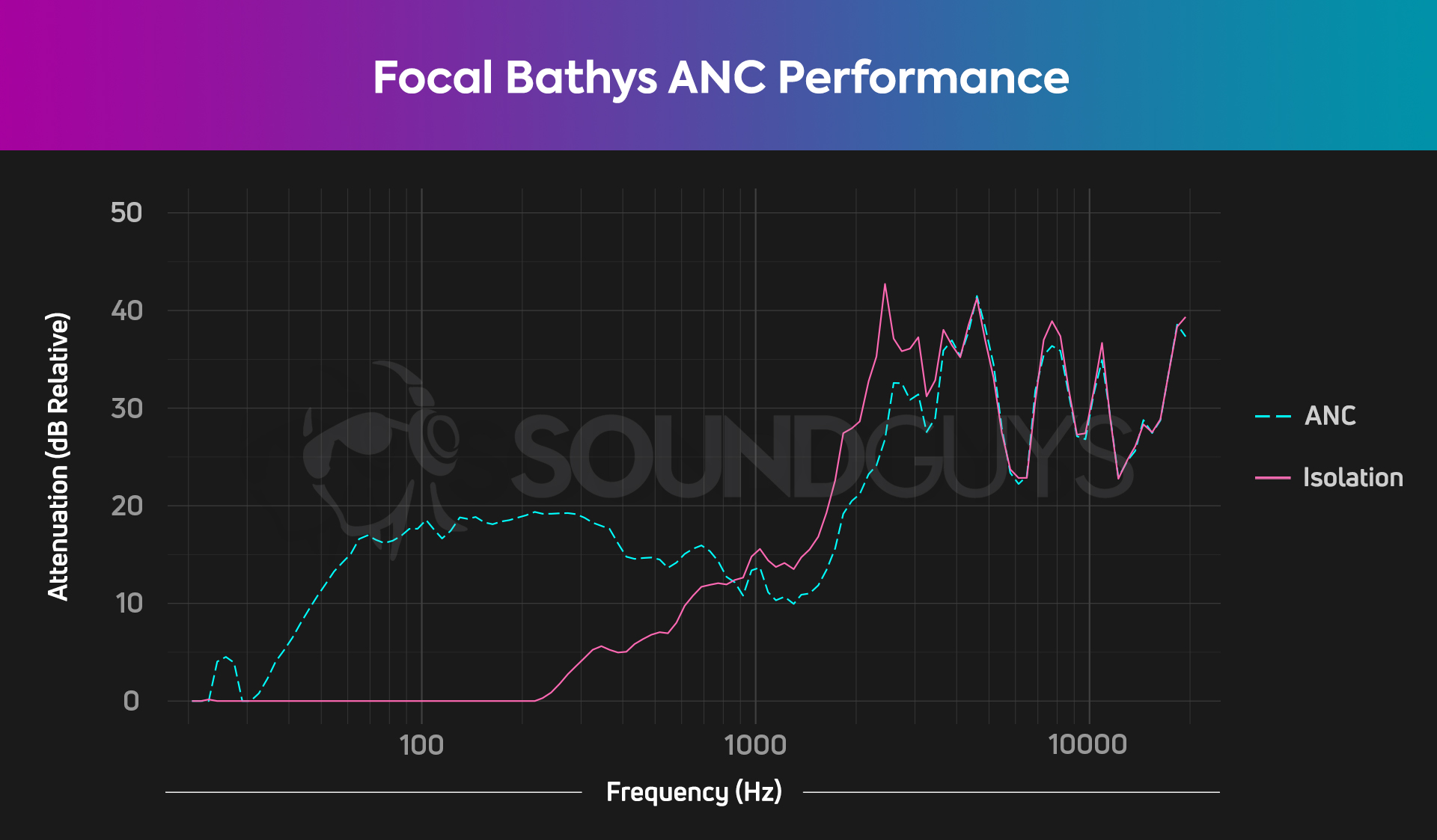
A good seal has huge implications for sound quality. Not only does this allow you to ignore outside noise drowning out your music, but it also allows you to listen to your tunes at a lower level, helping avoid noise-induced hearing loss.
However, we’re now in an era of open earphones that come with ANC added. Though these products are impressive, the results users can expect from them are inconsistent. Though they’ll work great for some, for many others: they won’t. Unless you absolutely can’t have a sealed ear canal, we generally recommend against open earbuds unless that’s something you know you want.
Features
Bringing up the rear is features. While it may sound trite, sometimes features are the selling point of headphones now that many consumer models can be expected to meet a certain level of quality. It’s why the Apple AirPods are the enthusiastic choice of many: They satisfy the wants of their buyers — simple as.
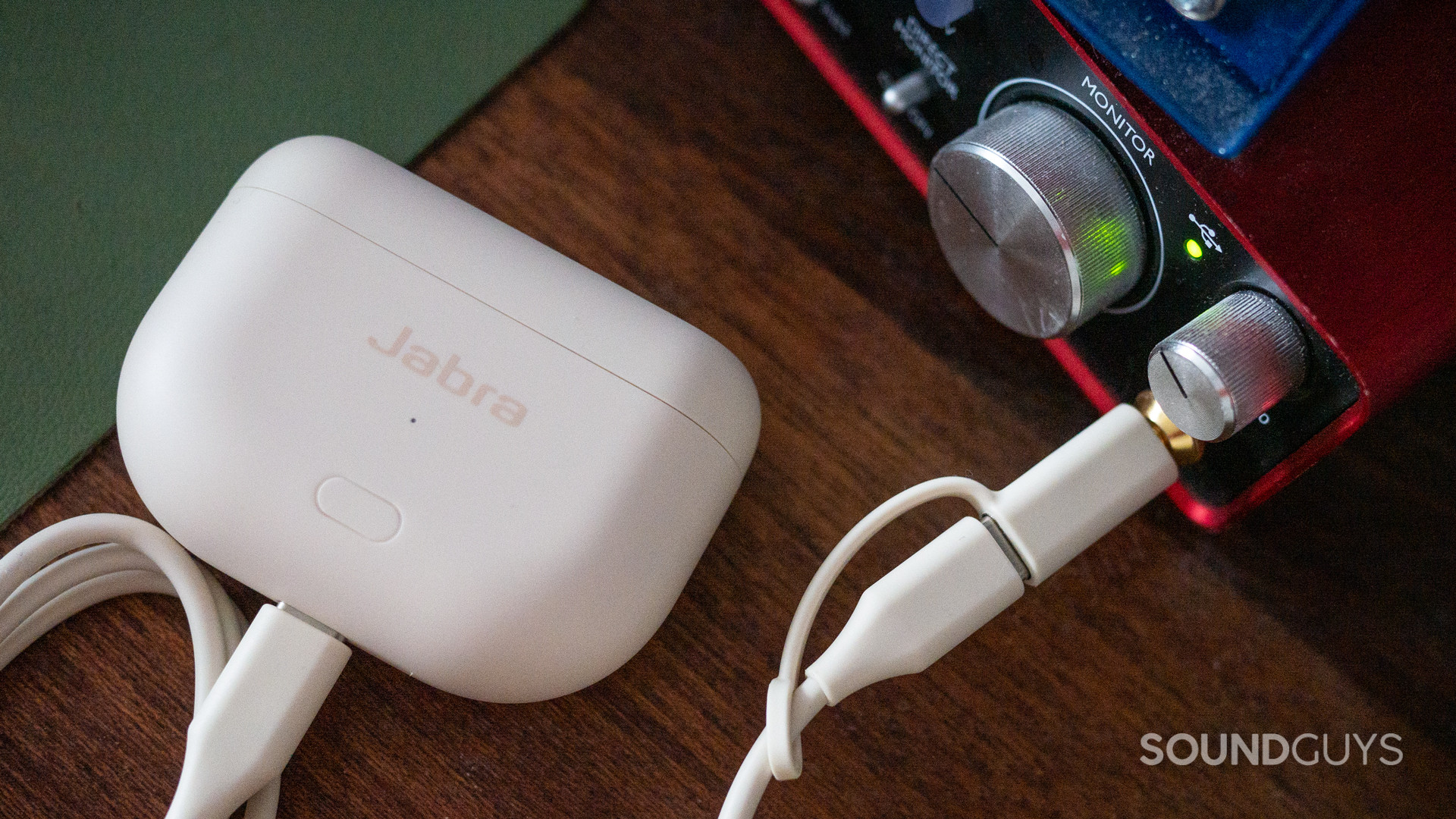
There is nothing wrong with buying a product based on the features you want, but now that the category is over ten years old, most products have settled on what features are necessary and which features are novelties. It’s possible that there’s no perfect option for you, and that’s okay. It’s also possible that one of these models has a feature that you can’t find anywhere else, like waterproofing or a super-clean interface with a voice assistant. It’s also okay to buy a product based on these concerns. Figuring out what you need — be it a transmitter for analog audio, ANC, or something else — will help you winnow down your pool of candidates.
Just be sure to figure out what your wants are, and what your needs are when you’re shopping for true wireless earbuds.
FAQ
It depends on the TV! Newer models that can pair with Bluetooth headphones shouldn’t have any trouble connecting to true wireless earbuds, but you need to pair them first. If your TV doesn’t support Bluetooth, you can still buy an emitter for fairly cheap on Amazon that plugs into the TV’s audio output ports.